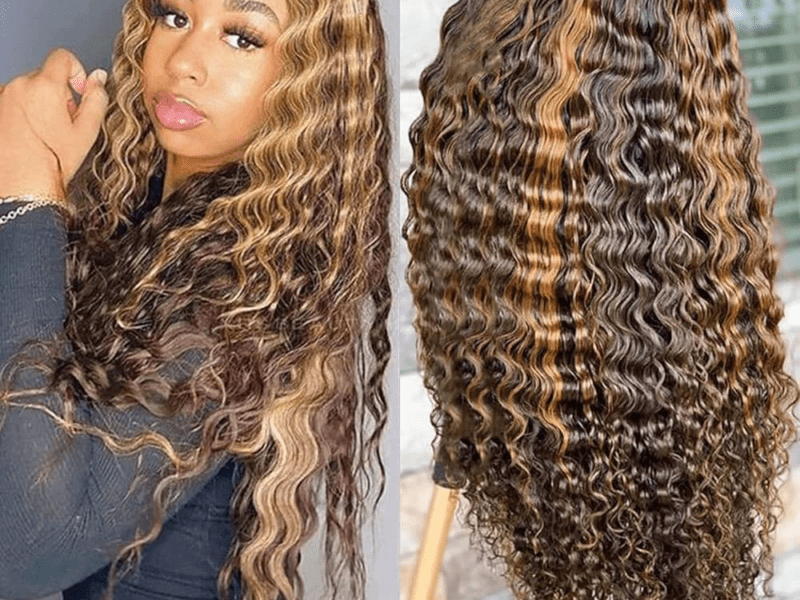
Yonova Hair: What is the difference between glueless and glue lace wigs
The primary difference between glueless lace wigs and glue lace wigs lies in how they are secured to the head. Both types of wigs feature lace that mimics the appearance of the scalp, creating a natural-looking hairline. However, their methods of attachment and wear differ significantly:
Glueless Lace Wigs
Glueless lace wigs, as the name suggests, do not require adhesive products like glue or tape to secure them in place. Instead, they are designed with various mechanisms to ensure a snug fit without the need for bonding agents. Here are the key features and benefits of glueless lace wigs:
Adjustable Straps: Glueless lace wigs typically come with adjustable straps at the back. These straps can be tightened or loosened to achieve a secure fit around your head.
Combs or Clips: Many glueless lace wigs also have small combs or clips sewn into the cap. These combs can be inserted into your natural hair for added stability.
Elastic Bands: Some glueless wigs have an elastic band around the perimeter of the cap. This band can be adjusted to fit snugly around your head, providing extra security.
Easy Application and Removal: The absence of adhesive products makes glueless lace wigs easy to put on and take off. This feature is especially beneficial for individuals who are new to wearing wigs.
Comfort: Glueless wigs are generally more comfortable to wear, as they do not involve direct contact with adhesive products that may cause skin irritation.
Versatility: Glueless wigs are versatile in terms of styling. You can change your hairstyle, parting, or position of the wig easily without the hassle of adhesive.
Glue Lace Wigs
Glue lace wigs, also known as adhesive lace wigs, require the use of bonding agents such as wig glue, tape, or adhesive sprays to secure the wig in place. The adhesive is applied along the perimeter of the lace where it meets the skin. Here are the key features and considerations of glue lace wigs:
Adhesive Application: Glue lace wigs require more expertise in applying adhesive products. The adhesive needs to be carefully applied to the skin, and the wig is then pressed onto the adhesive to create a secure bond.
Realistic Hairline: Like glueless wigs, glue lace wigs also feature a realistic-looking hairline due to the lace front. The adhesive creates a seamless blend between the lace and the skin.
Longevity: When applied correctly, glue lace wigs can offer a longer-lasting hold compared to glueless wigs. This makes them a popular choice for special events or longer periods of wear.
Styling Options: Glue lace wigs also provide styling versatility, allowing you to create various looks and partings. However, adhesive application may limit frequent changes.
Expertise Required: The process of applying adhesive and ensuring proper attachment requires practice and expertise. Incorrect application can lead to discomfort, damage to the wig, or skin irritation.
Removal Process: Removing a glue lace wig involves using adhesive removers to dissolve the bond. Proper removal techniques are essential to prevent damage to both the wig and your natural hair.
In summary, the main difference between glueless lace wigs and glue lace wigs is the method of attachment. Glueless wigs use adjustable straps, combs, and elastic bands for secure wear without adhesive, while glue lace wigs require bonding agents for attachment, offering a longer-lasting hold when applied correctly. The choice between the two types depends on your comfort level, expertise in wig application, and the duration for which you plan to wear the wig.







